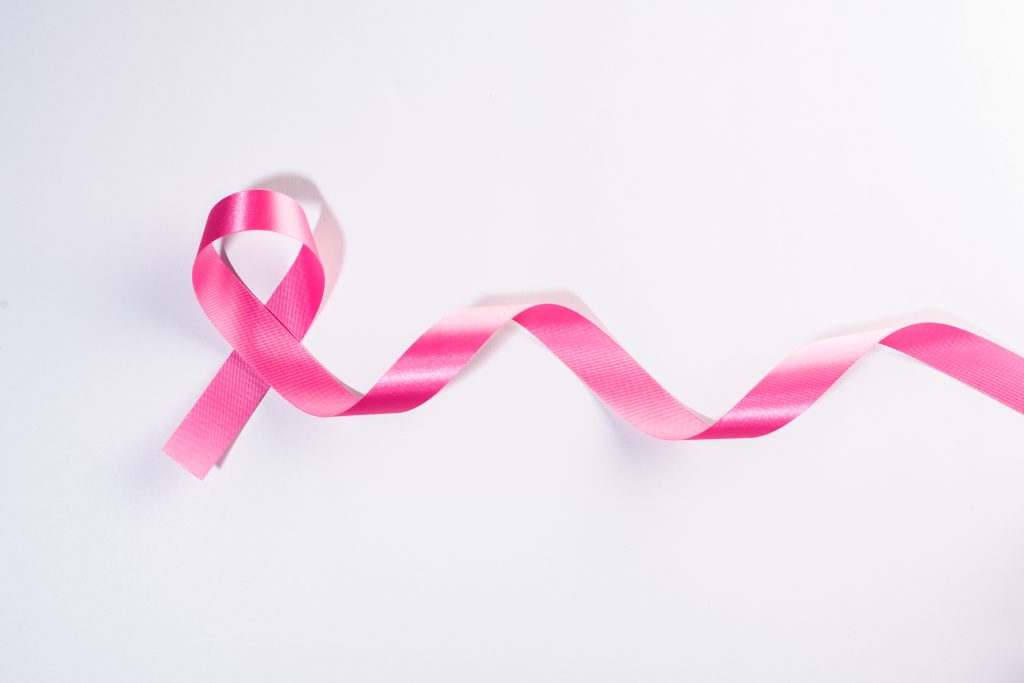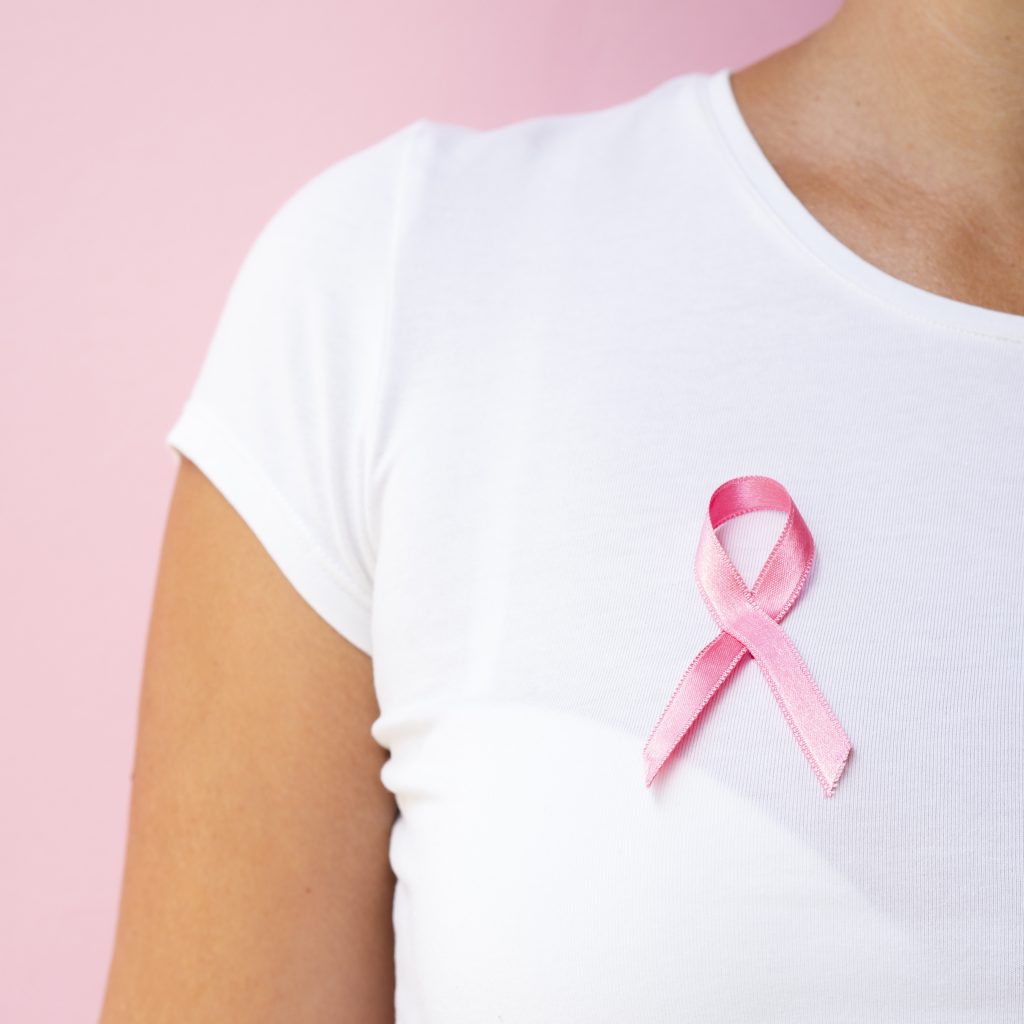
Courtesy Freepik
Inside Breast Cancer Awareness Month with Dr. Roudakova
MOHAMED FARGHALY
mfarghaly@queensledger.com
As Breast Cancer Awareness Month unfolds, Dr. Kseniya Roudakova, MD, a fellowship-trained and board-certified breast surgeon at NYC Health + Hospitals/Kings County, reflected on the significance of the month, her experiences treating patients, and the ongoing fight against one of the most common cancers affecting women today.
“It’s a time for us to come together, honor survivors, celebrate their strength, and acknowledge everything healthcare providers are doing to combat breast cancer. In the process, we’re also raising awareness,” Dr. Roudakova.
For Dr. Roudakova, Breast Cancer Awareness Month is not only symbolic—it can be lifesaving. “I actually had an interesting case,” she recalled. “One of my patients, a man, discovered a lump on himself during Breast Cancer Awareness Month after learning that males can also be affected. He palpated a mass and came to see me. That’s how he was diagnosed with breast cancer. So, yes, this month truly makes a difference. It’s impactful.”
Understanding Breast Cancer
Dr. Roudakova explained that breast cancer has no single cause, and that patients should not blame themselves. “When my patients ask why they got cancer, I always tell them, ‘Don’t blame yourself.’ It’s not anything that you did or didn’t do,” she said. “It’s multifactorial—it can be related to genes, environmental factors, or sometimes things beyond our control.”
She added that the best line of defense is early detection through regular screenings. “Hopefully, everyone is getting their mammograms annually if they’re over the age of 40 and at average risk,” she said. “You might not feel anything wrong, but imaging can detect early signs before symptoms appear. Early detection gives patients the best possible prognosis.”
Why Early Detection Matters
“The earlier you catch it, the more likely you are to treat it successfully,” Dr. Roudakova emphasized. “When we diagnose breast cancer early, there are more treatment options available, and outcomes are better.”
For women, she explained, annual mammograms beginning at age 40 are the standard for those at average risk. “For high-risk women, supplemental or earlier screening might be necessary,” she said. “Everyone over the age of 25 should undergo a risk assessment with their provider to determine whether they’re average or high risk.”
While breast cancer in men is rare, she said awareness remains essential. “Male breast cancer accounts for about 1% of all cases, but it does exist,” she said. “If men notice changes in their breast, they should bring it up to their doctor. There’s no official screening recommendation for men, but vigilance is key.”
After a Diagnosis
Once a diagnosis is confirmed, Dr. Roudakova said the next steps involve a multidisciplinary approach. “It starts with imaging, followed by a biopsy,” she said. “If cancer is confirmed, I meet with the patient to discuss what type of breast cancer they have. The treatment is tailored to the individual—it’s not one-size-fits-all.”
That treatment, she explained, often involves a team of specialists. “It’s not just me as a surgeon,” she said. “We have medical oncologists, radiation oncologists, and other professionals who all come together to propose an individualized plan. It’s a team effort.”
Clearing Up Misconceptions
Dr. Roudakova said one of the biggest misconceptions she encounters is the belief that breast cancer must show symptoms before it’s serious. “Sometimes it’s not symptomatic—and that’s actually the best time to catch it,” she said. “Just because you don’t feel a lump doesn’t mean you shouldn’t be screened.”
She also cautioned against comparing one’s treatment to another’s. “Breast cancer is unique to each patient,” she said. “Just because your mother or sister had a certain treatment doesn’t mean it’s the right one for you. Every case is individualized, and that’s what makes personalized care so important.”
When Cancer Goes Untreated
When left undiagnosed or untreated, breast cancer can spread to other parts of the body—a stage when surgery is no longer curative. “Too late, for me as a surgeon, would be stage four cancer,” she explained. “That means it’s metastasized to areas like the lungs, bones, liver, or brain. At that point, treatment becomes palliative. Timing is everything. The earlier you catch it, the more options there are for treatment—and the better the chances for survival.”
Advances in Treatment and Surgery
Dr. Roudakova said that breast cancer research and technology continue to evolve rapidly, giving patients more options and better outcomes than ever before. “Tumor genomics is a big advancement,” she said. “It helps predict whether the cancer might recur and whether chemotherapy will be beneficial. It allows us to personalize treatment—sometimes even avoiding chemotherapy altogether if it’s not necessary.”
She added that surgical techniques have also advanced to preserve both form and function. “We’re constantly working to make procedures less invasive while maintaining the best cosmetic outcomes,” she said. “We now have hidden-scar surgeries, nipple-sparing mastectomies, and various reconstructive options. We also take measures to reduce long-term complications, like arm swelling after surgery. It’s an exciting, ever-evolving field.”
A Message of Hope
As the month dedicated to breast cancer awareness continues, Dr. Roudakova’s message remains one of urgency, trust, and hope.
“Don’t wait until the last minute to address symptoms,” she said. “Timing is of the essence. Trust your healthcare providers, especially if they have the right credentials. And remember, if breast cancer is caught early, everything is going to be okay. It’s very much treatable, and we’re here to help.”



